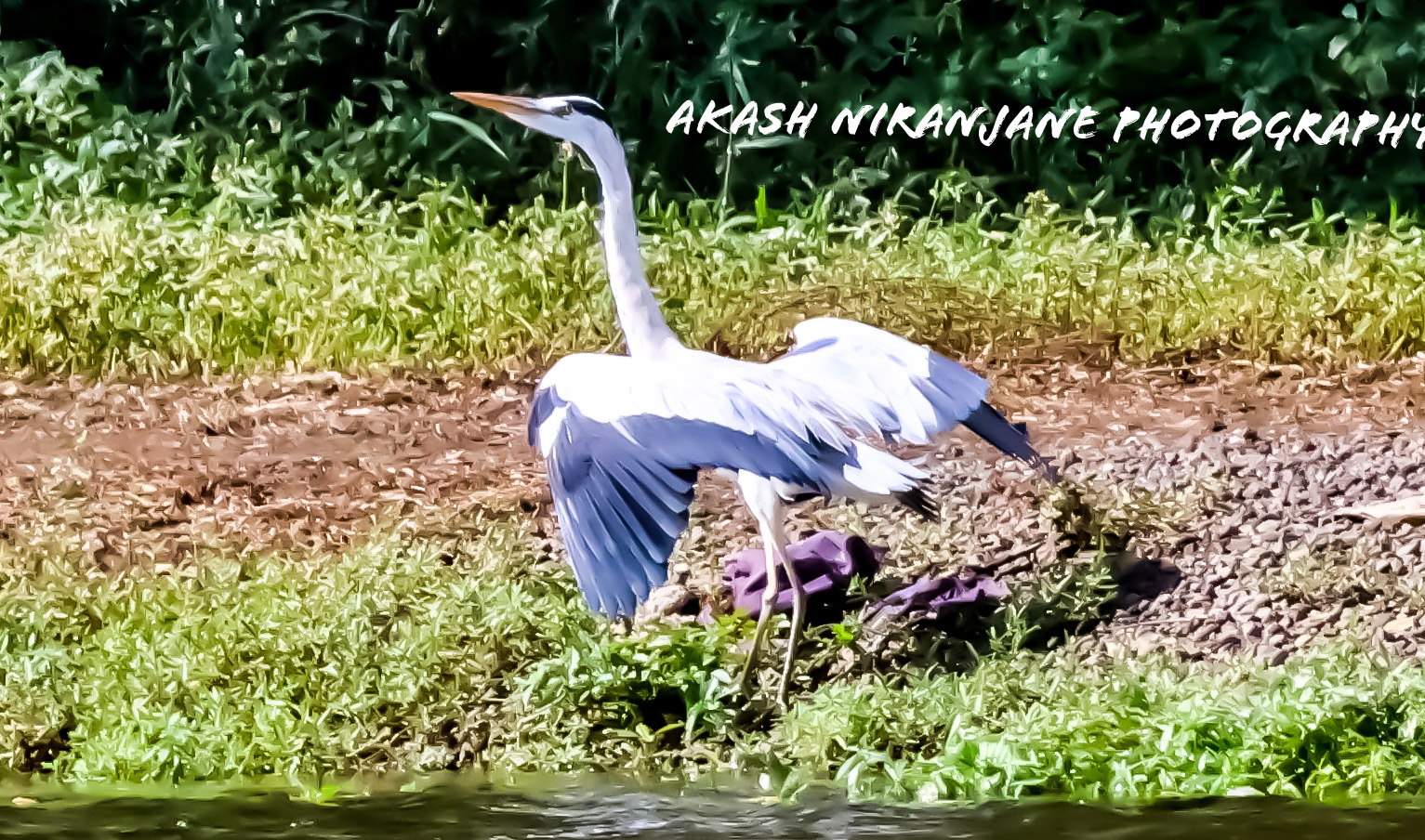Appearance:
In India, the Grey Heron is a large wading bird with long legs and neck.
They have a predominantly grey plumage, with a white face and neck.
The back feathers often have a shaggy appearance.
During the breeding season, they develop long, slender plumes on their backs.
The beak is usually yellow-orange in color.
Distribution in India:
Grey Herons are found across India and are one of the most commonly seen wading birds in the country.
They inhabit a variety of wetland habitats, including lakes, rivers, ponds, marshes, and coastal estuaries.
They are adaptable birds and can be seen in both freshwater and saltwater environments.
Behavior:
In India, Grey Herons are often seen hunting alone in wetlands and water bodies.
Their hunting style is characterized by patience; they stand or wade in the water, waiting for prey.
They primarily feed on fish, frogs, small mammals, and insects found in their habitats.
Their sharp beaks and swift strikes make them efficient hunters.
Breeding:
Grey Herons in India build stick nests in trees, often in colonies or heronries.
They lay 3 to 5 pale blue eggs during the breeding season.
Both parents share the responsibilities of incubating the eggs and feeding the chicks.
Conservation Status in India:
In India, Grey Herons are not considered to be globally threatened, and their populations are relatively stable.
They benefit from conservation efforts aimed at preserving wetlands, as these habitats are crucial for their survival.
Cultural Significance:
In some Indian cultures, Grey Herons are associated with patience and tranquillity.
Their presence in wetlands and water bodies adds to the natural beauty of these landscapes and is appreciated by birdwatchers and photographers.
Grey Herons are a common and well-recognized bird species in India, known for their presence in various wetland ecosystems and their graceful hunting behaviour. They play a valuable role in maintaining the ecological balance of these habitats.



Very informative. Thanks for sharing. If possible please share details on other birds also.
ReplyDeleteThanks for your feedback, info on open bill stork is now live on the blog. Thank you!
DeleteGood photograph
ReplyDeleteThanks for the encouraging comment
DeleteGood photography
ReplyDelete